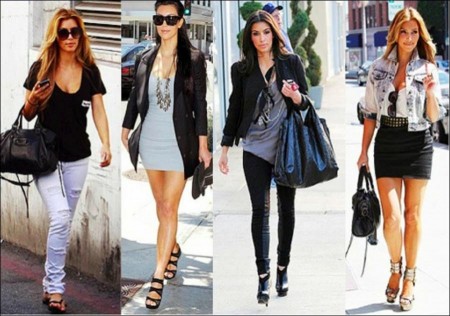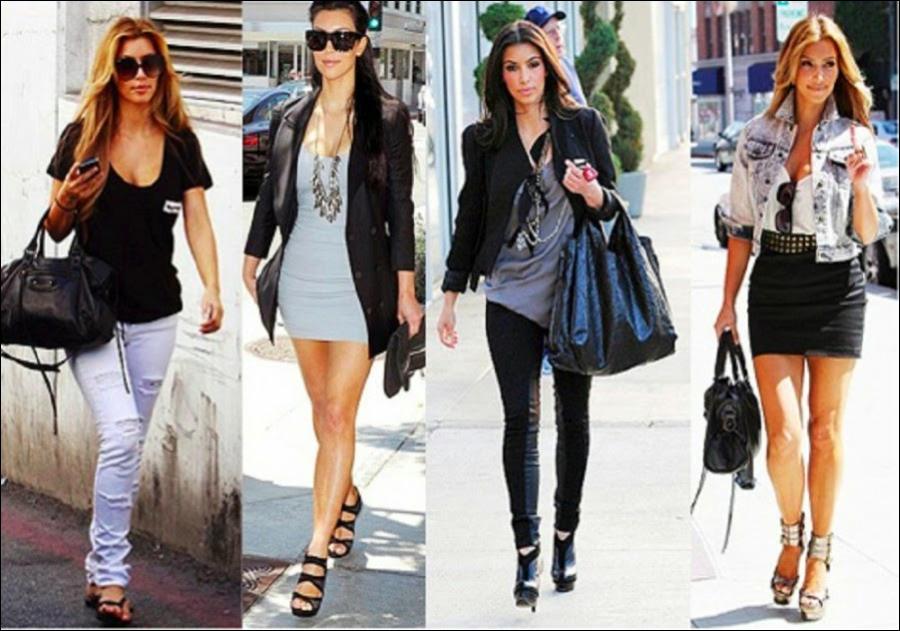Fashion is how we express our identitites. Fashion not only highlights the social history and the needs of women, but also the overall cultural aesthetic of the various periods. The evolution of fashion dates back to several hundred years and as our attitude and culture change, fashion comes along with it.
In the 1950s reconstruction in Europe and the boom brought about by the Korean war boosted the fashion industries of the capitalist world. There exists a great evolution through the fashion of the 40s to the 50s, and it involves different ideologies, dress trends, shoes and hairstyles.
Cheap, mass-produced clothes that closely followed prevailing fashions were more widely available than ever before. For the first time in this early postwar period all classes had access to clothes in up-to-date styles. Until the 1930s the poor and the old had tended to wear clothes in styles long out of fashion, either from choice or by necessity, but now even they were incorporated into the language of style.
The 50s were the shirtwaist era, when the rock and roll causes a change in the fashion. This era was represented perfectly at Grease movie, when we can see the different fashions between the social groups. The women used crinolines and shirtwaists. Men used jackets and blue jeans, with grease in their hair. And women used the hair over the shoulders.
The huge success of the New Look, and the stringent attempts of Dior and his contemporaries to lirnit the pirating of their fashion designs and take advantage of worldwide licensed copying and the adaptation of their creations for the mass market, led to an awareness of the news value of fashion. The evolution of styles was now dramatized so that each season was to have its own “look” or “line”. it had been possible to present the New Look as a revolution because of the hiatus of the war; henceforward dress designers sought to repeat this miracle in the molding of popular taste.
In the 1950s every season’s new line was frontpage news and most newsworthy of all was the length of the hemline. The height of the hemline was alýnost bound to be an easily changed variant of fashion when neither full-Iength skirts nor trousers were a serious option. Couturiers emphasized variations in eut and length and sought to encourage the association of fashion with exelusivity.
Parisian fashion in particular was promoted on the basis that it sold to the French aristocracy, to international royalty (women such as Queen Soraya of Iran) and pseudo-royalty Jackie Kennedy was a great fan of Pierre Cardin and Chanel). These clients were even more prestigious than internationally famous actresses and film stars, though they too used to publicize their favored couturiers- Audrey Hepburn, for example, whose sIender figure and waif-like face fixed the gamine look for the decade, was often dressed by Givenchy. Her appearance in his clothes in popular movies such as Funny Face (1957) gave them even more powerful publicity than they received from Vogue and other magazines.
The 60s were the time of a revolution. The hippie clothes, psychedelic ones, and groovy elements were fashionable. The hippies used a natural or ethnic style, love-ins, flowers, and free-flowing hairstyles.
Related Link: Read more Popular Culture stories
Views: 207




